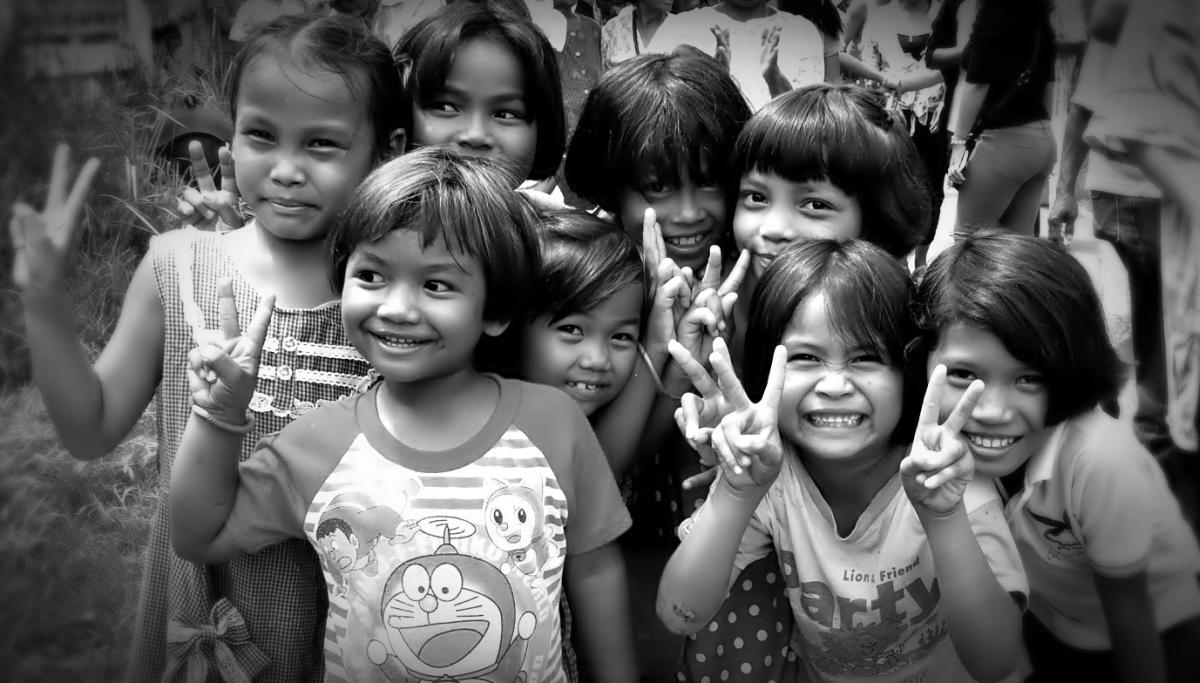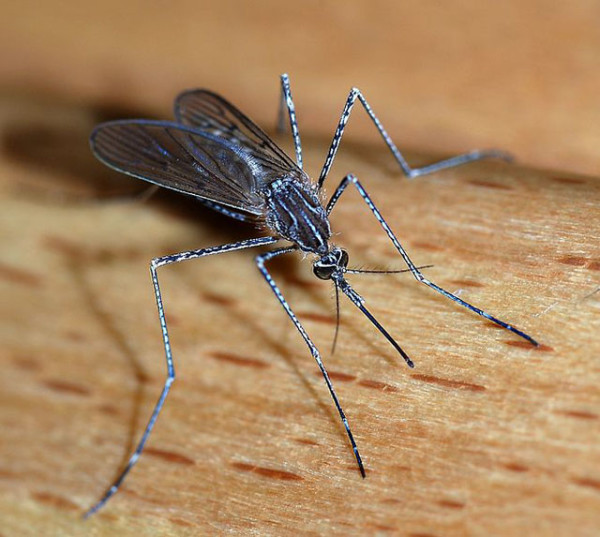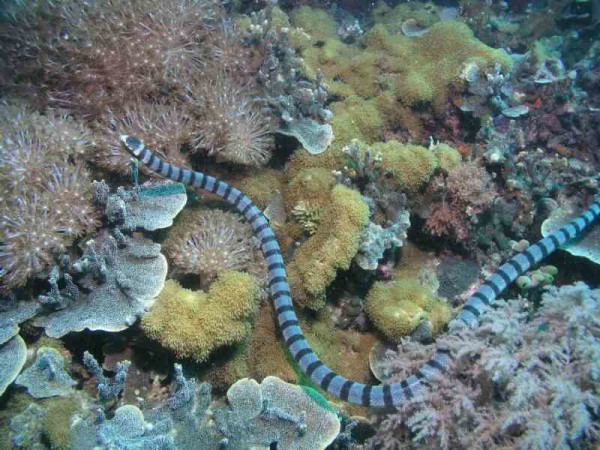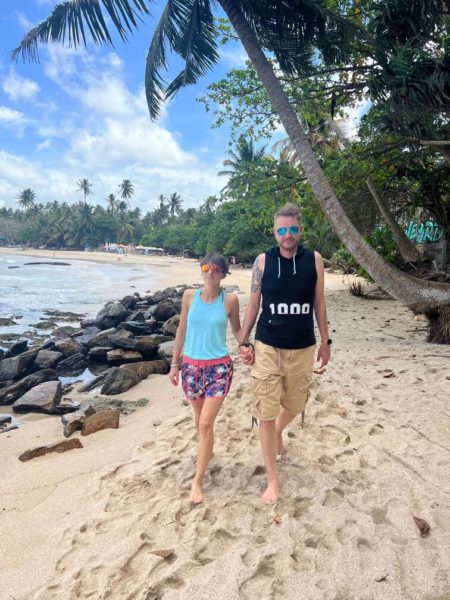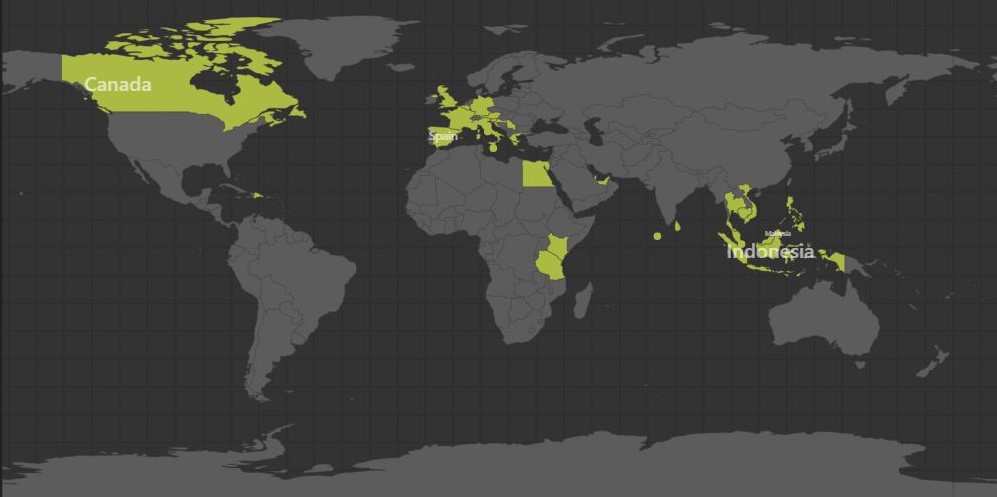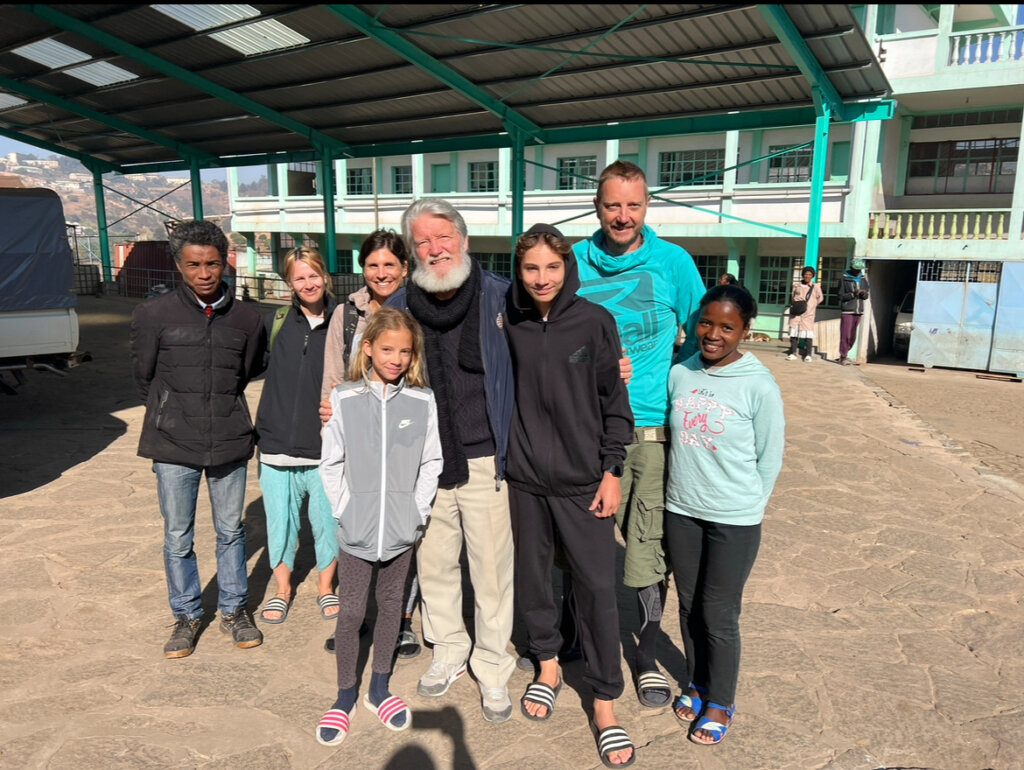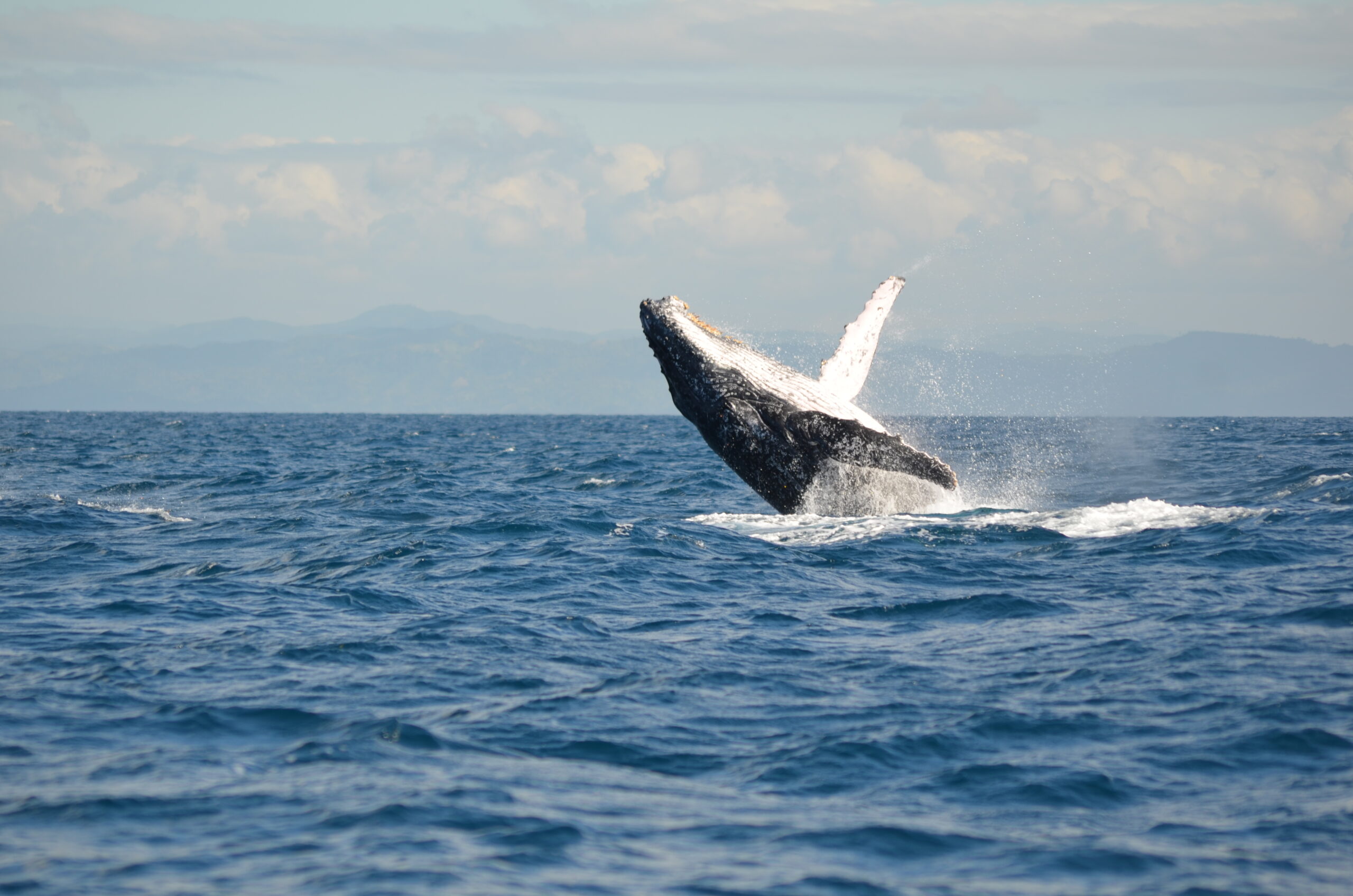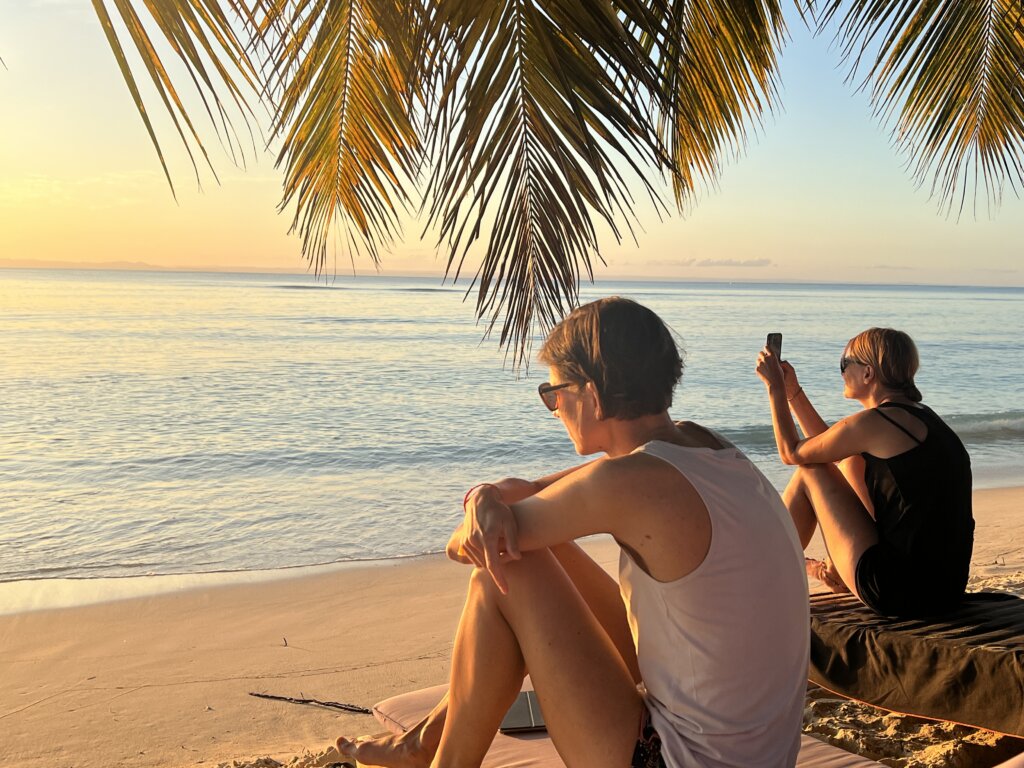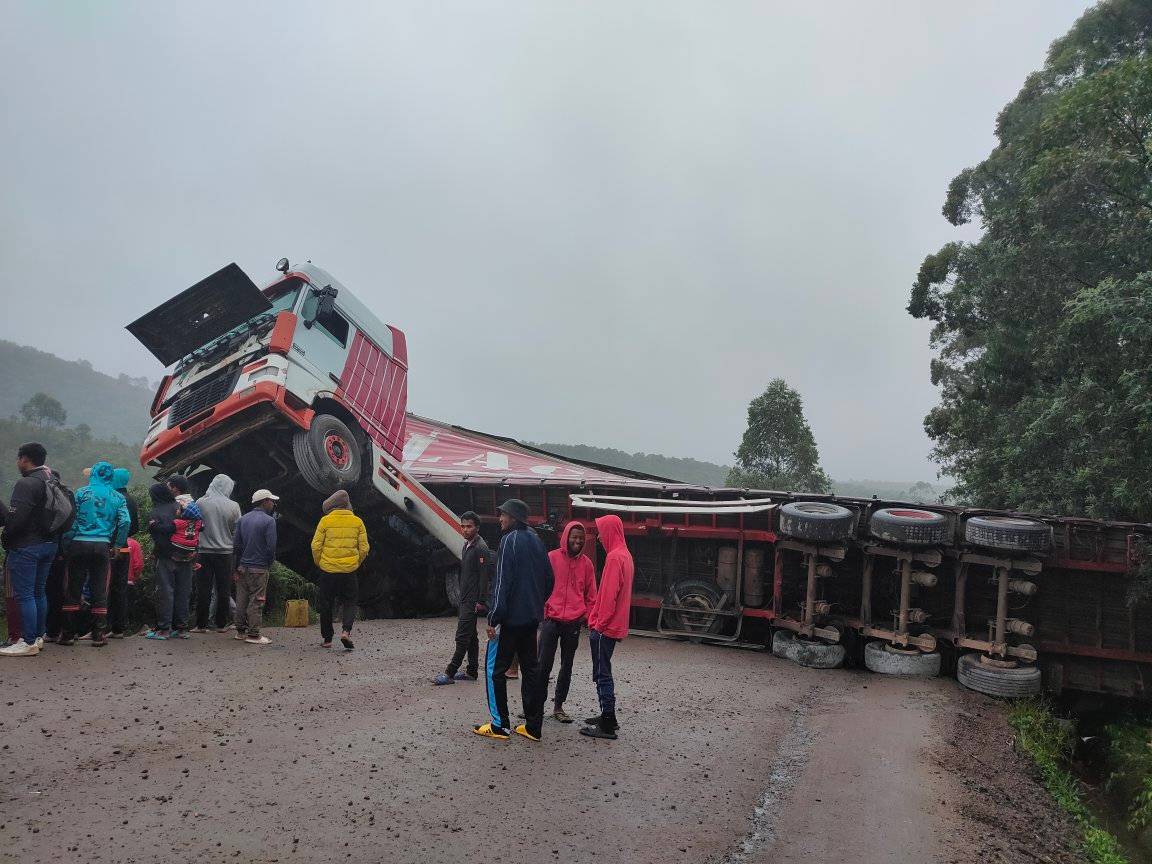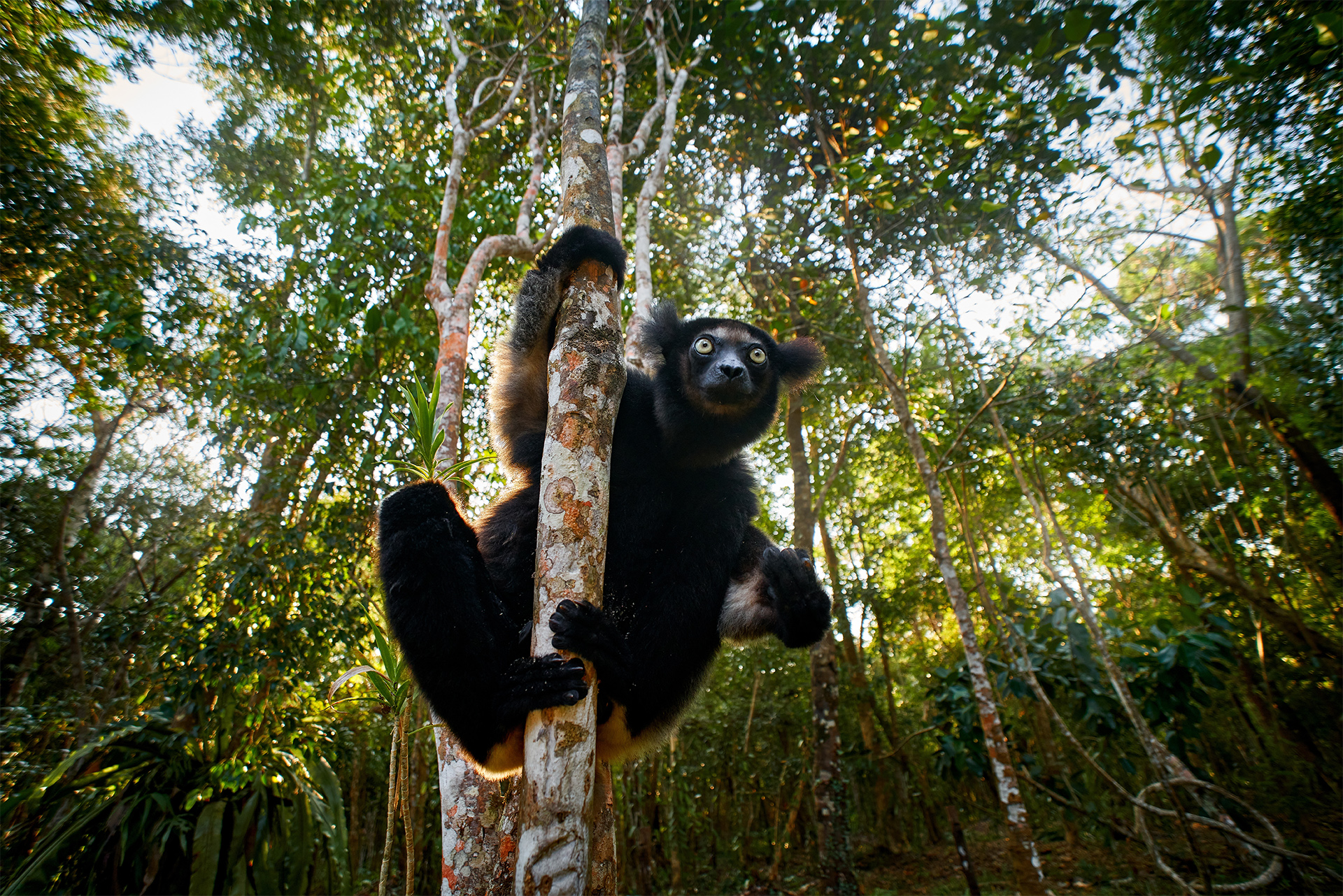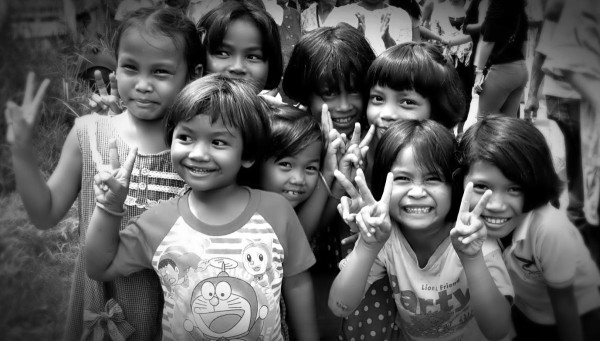DANGER & ANNOYANCE
Having developed rapidly over the past ten to twenty years or so and despite many common misconceptions, generally speaking Thailand is a perfectly safe holiday destination. Millions of people visit the country with small children every year, without experiencing any trouble whatsoever. However, it is also fair to say that standards in some parts of Thailand, particularly regarding health and safety, might not be up to the same levels as you come to expect back home. Having said that, you should not let this put you off visiting this truly amazing country and as long as you are aware of potential dangers and hazards that you may encounter during you stay in Thailand, then you will no doubt have a wonderful time there.
Providing you take a few extra precautions regarding your own personal health and safety, then you will be able to ensure that you remember your trip to the Land of Smiles for all the right reasons and that your visit pass without incident.
Thai people are known around the world for being very welcoming, friendly, and helpful and the fact that they are such perfect hosts is just one of the many reasons why Thailand has become one of the world’s most popular tourist destinations. It has so many different islands that vary one from each other that we could go there every year and we won’t get bored.
Although some visitors to Thailand, unfortunately, do become the victims of scams or hustles, the actual risk of becoming a victim of a crime or experiencing any form of violence or duress during your stay in Thailand is actually very small. Becoming aggressive, raising your voice or becoming violent, very much goes against the Thai way of life and because of this it is actually very unusual for Thai people to become violent towards tourists.
Some of the most common situations or occasions where tourists are likely to experience some form of trouble or hassle whilst staying in Thailand usually involve street vendors, bar girls, pushy tuk tuk drivers or disagreements with taxi drivers.
That’s not to say that you shouldn’t buy anything from a street vendor since food is great and cheap, go for a drink in a girly bar – of course, not with your kids, or use tuk tuk’s or taxi’s but it is important to exercise a certain degree of caution when engaging in these sorts of situations.
With the numbers of visitors to Thailand increasing rapidly over the last ten years, so has the number of tourists who find themselves a victim of crime. Unfortunately, amongst certain quarters, the country has earned itself somewhat of an unwanted reputation as a result of crime involving both Thai and foreigners.
There are some risks from tropical diseases but these risks are only fairly small. Likewise, as mentioned, risks to personal safety are relatively small in Thailand. Probably one of the threats to visitors who stay in Thailand is from petty theft and as when visiting any foreign country, it is important that you always take care of your personal belongings.
Probably the main risk to health and safety In Thailand, particular Koh Samui, Phuket or other islands swamped with drunk tourists is from reckless driving and all round general road safety. This is particularly a problem with tourists who hire motorbikes but are not used to driving in Thailand or used to the conditions of some of the coastal roads on the island. Also the driving habits of some Thai people can often leave a lot to be desired!
Other potential risks to be people who visit the popular tourist destinations of Thailand are scams (more about that in special post about SEA common scams), poor standards for food hygiene and preparation, sexually transmitted diseases and irresponsibility with regards to potentially risky activities such as water sports.
PONTENTIAL HEALTH RISKS AND DISEASES
Dehydration
Depending on where in the world you are travelling to Thailand from, it is probably fair to say that, with few exceptions, Thailand will be much warmer than it is in your home country. From the months of March to May Thailand can be extremely hot and it is not uncommon for temperatures to reach in excess of 40c. If you are not used to such high temperatures then you might struggle in this kind of heat. Therefore, in order to prevent dehydration it is really important that you drink plenty of water (as much as 3-4 liters) per day and where possible, try to keep out of the sun. When you are absolutely sure you had enough water…have some more.
Symptoms of dehydration include fatigue, fever and sometimes difficulty when breathing. You should really take special care for your little ones, because conditions in the middle of the day will be hard on them. If you do happen to become severely dehydrated then a trip to hospital is recommended. Alternatively, you can visit any of the pharmacies in order to purchase rehydration drinks/salts.
Diarrhea
The infamous »Bangkok Belly« (actually there is similar expression in almost every SEA country – for example »Bali Belly »will probably affect you at some time during your visit to Thailand. It is all too common for non-Asians to experience an upset stomach or diarrhea and often you can put this down to eating too much chili, herbs and spices, much of which your stomach is not used too in your regular diet. Some roadside restaurants, cafes, noodle shops or fruit vendors who might prepare food in an unhygienic manner, can also be major culprits when it comes to visitors suffering from diarrhea. That’s not to say you shouldn’t eat at any of these kinds of establishments, just make sure you check to see if where you are eating looks clean.
If you do suffer from an upset stomach then medication is widely available everywhere in Thailand. It is also important that you keep yourself properly hydrated and replenish any fluids that will have been lost during illness. For more serious bouts of diarrhea, especially if you are vomiting then you should visit the islands hospital immediately. That’s why having travel insurance is essential as we found out visiting Bali, where our boy had brief encounter with infamous »Bali belly«.
Drinking Water
The tap water throughout Thailand, or again in any other SEA country is not clean enough to drink and at all times you should make sure that you drink bottled water, which is widely available and much cheaper than it is back home. To be on the safe side it is advisable to even use bottled water when brushing your teeth. Generally speaking, the water and ice that is offered in many restaurants and bars on Koh Samui is ok to consume as this water will have been through a reverse osmosis system for water purification. However, if you are ever unsure, order drinks your without ice and always opt for bottled water.
Dengue Fever
In the last few years there has been a number of incidents of Dengue Fever in Thiland. With symptoms that are similar to malaria, Dengue Fever is spread by mosquitoes, which are typically found around stagnant water or pools, usually in urban areas. From the recent cases that there have been on the island, none of which have been fatal, but nearly all have required hospital treatment. If you think that you are showing symptoms of Dengue Fever, which includes severe headache, high fever, vomiting and muscle and joint pain, then you should go the hospital immediately. Since conditions vary and epidemias can outbreat anytime be sure to check the current situation in country youa are headed.
Malaria
The risk is low in most of Thailand, and visitors to most tourist areas, including Bangkok, Chang Ri and the coastal holiday resorts of Pattaya, Phuket and Koh Samui do not need to take antimalarials. However, people travelling to these areas should still be aware of the risk of malaria, and should seek medical advice if they develop a fever while in these areas, or up to a year after leaving.
On the Thai borders with Cambodia, Laos and Myanmar (formerly Burma) malaria is resistant to many drugs, including mefloquine, so people who work or spend substantial periods of time in this area should take regular doxycycline or possibly Malarone.
Avian Influenza
Whilst the situation regarding bird flu is a concern in other parts of Asia, it is deemed to be no longer a threat in Thailand. Chicken products across the country are safe to eat and of the few isolated cases of bird flu in Thailand, the people infected were those who had close contact with poultry and livestock.
Rabies
Rabies throughout Thailand is a particular problem. Everywhere you will encounter large numbers of stray or ‘beach dogs’ that live on the islands or towns. It is not uncommon for people to be bitten by these dogs and if you happen to be bitten then you should seek medical attention immediately.
Latelly Thais have become very progressive about this situation so despite the large number of dogs on Koh Samui, a local charity (Koh Samui Dog Rescue Centre) has made great progress over the past decade in vaccinating a large number of the islands stray dogs against the disease. The result of this is that Samui is largely free of rabies.
HIV and Other Sexually Transmitted Diseases
Despite having a somewhat infamous reputation for its sex industry, Thailand has taken great steps in its campaign to raise awareness about how to limit the spread of AIDS and HIV. Estimates claim that the levels of infection are approximately around 5% of the population. However, those people involved in the country’s go-go scene or sex industry are obviously in a much higher risk group. Therefore, using a condom is when having sex essential, particularly if you have sexual intercourse with someone working in a go-go bar or in another area of Thailand’s sex industry.
Likewise, there are much higher incidences of other sexually transmitted diseases such as gonorrhoea, herpes and syphilis amongst Thailand’s prostitutes, go-go girls and their clients. It goes without saying that wearing a condom will greatly reduce the spreading of these and other sexually transmitted diseases.
ANIMAL AND WILDLIFE
Mosquitoes
Probably the single most common thing that is responsible for more admissions to hospitals and medical facilities than all other wildlife combined is the mosquito. As with anywhere in Thailand, getting bitten by mosquitoes can be a problem.
Although most people consider these pesky insects to be nothing more than an irritating nuisance; they can in fact transmit a wide range of disease including malaria and Dengue Fever. There are some 25000 reported cases of Malaria each year in Thailand, although many of these tend to be in the country’s rural areas, particularly around the borders with Laos, Cambodia and Myanmar (Burma). The Thai government has made huge progress over the years in tackling the spread of disease, particularly when compared to some of its neighbors.
When visiting any of Thailand’s popular tourist destinations then it is highly unlikely that you will catch malaria. You might want to take malaria tablets before travelling to the country, although this is not essential and many visitors to Thailand do not bother.
However, it is a good idea to make sure that you buy some insect repellent or mosquito cream that you can apply before going out, particularly at night. Insect repellent and cream is very cheap in Thailand and can be purchased from every 7/11 store, pharmacy and most supermarkets. Don’t forget that if you are traveling with very small kids you vcan not use repelent with 50% DDT on them.
Dogs
Probably the biggest risk from animals and wildlife to visitors of Thailand comes from the local stray or homeless dogs, some of which have been known to bite people that have got a little too close for the dogs liking. Pay special attention tthat your kids won’t pet any unknown dog that will come close to you. There is a problem with dogs on the islands and even though the vast majority of them are peaceful and vary placid, some can become aggressive if provoked and others can decide to chase you, for example if you happen to be cycling or running past them.
If you do happen to get bitten by one of the street dogs then you should seek medical attention straight away, just to be on the safe side.
Snakes and Other Nasty Critters
Thailand is also home to King and Queen Cobra snakes and lots of othere venomus snakes, although the likelihood of you ever seeing these, apart from in the Snake Farm, is very unlikely. They usually live deep in the islands jungle and tend to avoid human contact at all times.
During last decade of traveling in SEA countrys we had only few encounters with snakes which weren’t close ones at all.
Whilst staying on the islands, there is a small chance that you could come into contact with things such as scorpions or giant centipedes, both of which can pack a seriously nasty punch. Again, it is unlikely you will come into contact with either of these but just to be on the safe side it can be a good idea to shake out you shoes before putting them on, especially if they have been left outside overnight.
Jellyfish
It was previously only thought that Box Jellyfish, which are amongst the most poisonous in the world, were only found in the waters around Australia but in recent years there has been more and more evidence to suggest that they are in fact present in the waters around Thailand. That’s why I have decided to do separate post on this issue too.
Coral
It is also important that divers and snorkelers are careful around coral. Not only is it a living organism and can be easily damaged but it can also be razor sharp and in some cases can even give you a sting similar to that of a jellyfish.
SUNBURN
It surely goes without saying that when visiting any of the beaches in Thailand you should avoid prolonged exposure to the sun. The sun is likely to be much stronger in this part of the world than it is back home and the last thing you want after spending a day on the beach is to get sunburned or even suffer from sunstroke, which could be extremely painful and uncomfortable and even leave you laid up in bed for a couple of days; not a great way to spend part of your holiday!
Therefore, you should try to stay out of the sun during the hottest times of the day, from around 11am to 4pm. If you are visiting any of the popular beaches you can find shade under many of the beaches coconut trees (watch out for falling coconuts!) or you can also hire a sun umbrella and deckchairs from local beach vendors. Many of the hotels that are situated on beach also provide their own private sun loungers and umbrellas so you will be able to use those as a customer of the hotel.
If you are on the beach during day always make sure you wear sun cream to protect your skin from the sun’s harmful UV rays, which cause sunburn. This is especially true for children and you should always try to use sun cream of SPF 50 or higher.
You might also want to wear a hat that protects your eyes, scalp, ears and neck from the sun; again the same goes for children!
FALLING COCONUTS
Ok, so this really isn’t as crazy as it sounds. Did you know that falling coconuts kill over 100 people worldwide every year? And with the large amount of coconut palms that grow on Koh Samui, there is a genuine risk of people being injured from falling coconuts whilst visiting the island.
Sitting and relaxing underneath a coconut tree on one of the islands beaches might not be as safe as you thought! Around many of the beaches, there are signs warning people of the dangers of falling coconuts. Whilst being hit on the head by a falling coconut might not be fatal, it is more than capable of leaving a nasty bump or bruise and you might even require hospital treatment.

